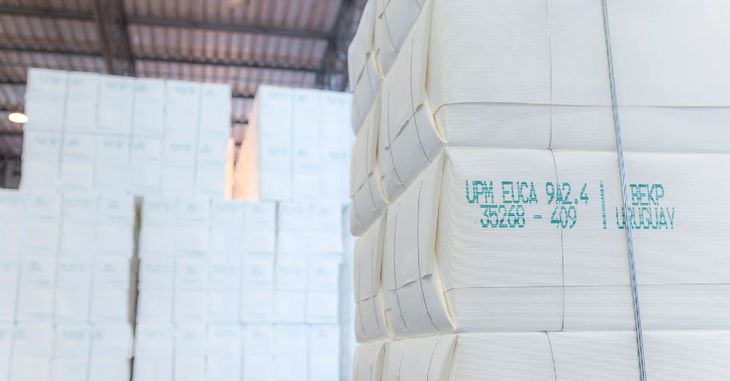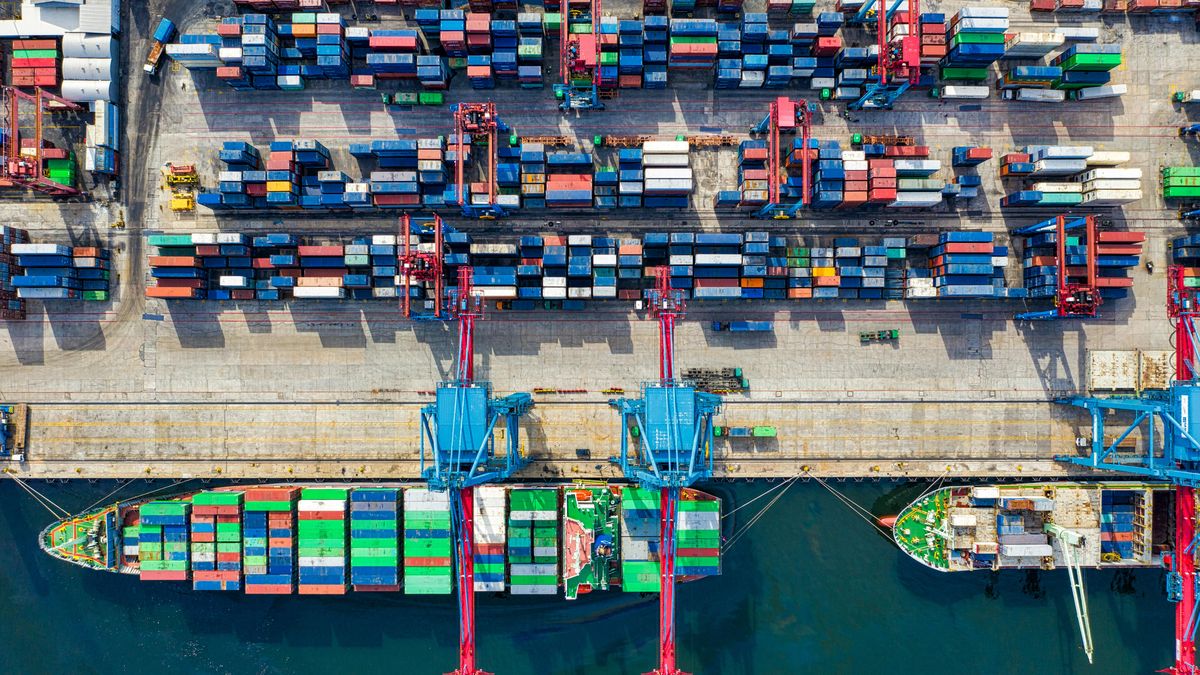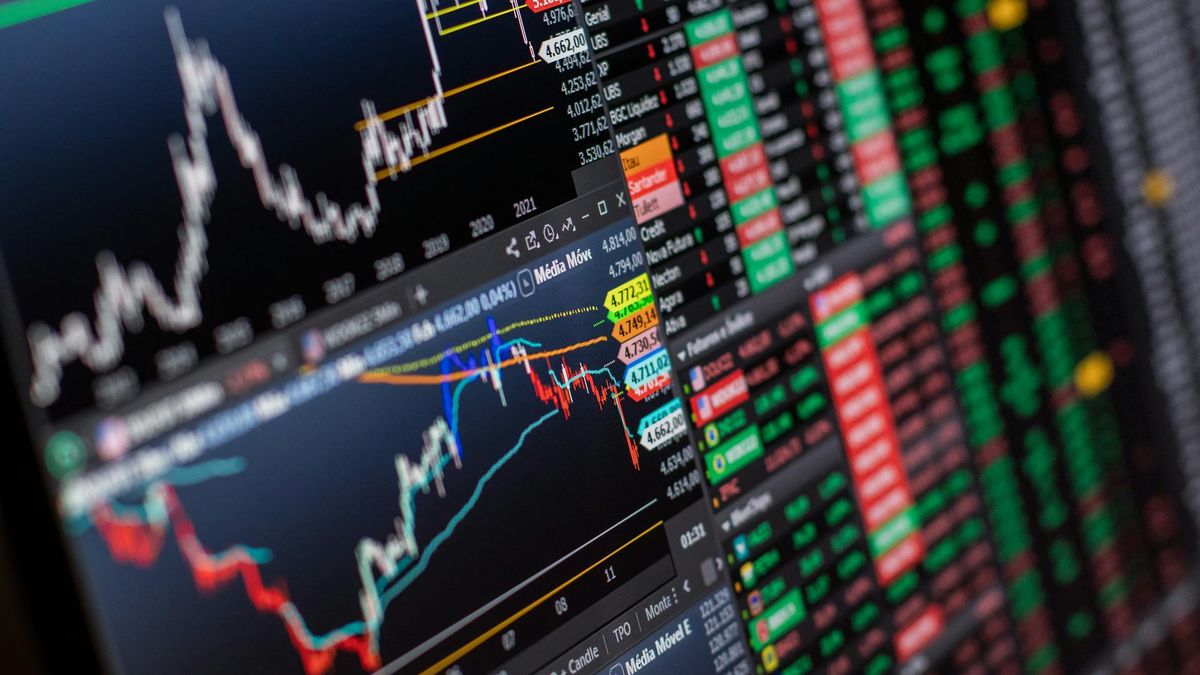Uruguay is far from developed countries in terms of trade openness, to the point that it should increase 54 million dollars in its exports and imports to reach the levels of developed countries, according to a report by Ceres.
The development monitor of the Center for Studies of Economic and Social Reality specified that the sum of exports (20.5 million dollars) and imports (16.5 million) represents 52% of the GDP, which places the country below the average Latin America, where this indicator reaches 69%.
The distance is even greater compared to the 128% of GDP reached by the target group of the Ceres study, which includes prosperous, democratic countries with a similar population or territory, such as the cases of Switzerland, Norway, Iceland, Denmark, Ireland or the Netherlands, among other nations.
Ceres opening.jpg
Move forward with the Mercosur-EU Agreement
One of the vital issues to promote international insertion is to specify the Mercosur-EU Agreement, which has been in negotiations for more than 20 years. However, the position against France Due to its environmental demands, it threatens to destroy the long-standing agreement.
In this framework, other possibilities arise such as Comprehensive and Progressive Agreement for Trans-Pacific Partnership (CPTPP), with members like Chile, Peru and Japan, Which country is trying to access from December 2022 or the intention to complete FTA with different countries, among which appears on the horizon China.
There also appears the Alliance for Economic Prosperity in the Americas (APEP), an initiative of USA to promote investments and trade between some countries and even the chance to become a full member of the Organization for Economic Cooperation and Development (OECD), which brings together 38 nations from developed and emerging economies.
UPM Pulp

Photo: UPM
Which sectors can gain momentum?
From Ceres they appreciated that the forestry sector It is “a case of success of State policy and of incentives in the drive and clear rules to attract investments”, by highlighting the increase in exports without major changes at the level of free trade agreements, hand in hand with UPM and UPM 2.
It is worth noting that loans in this branch represented 0.4% of GDP in 2000, while they rose to 3.5% in 2022 and are expected to total 5% this year.
Thinking about the future, the development monitor raised the importance of renewable energy, As the green hydrogen and ammonia, calculating an export potential of more than 3,000 million dollars.
At the same time, they highlighted the application of irrigation in 500 thousand hectares, which could increase external sales of soy, meat and milk, for greater productivity. Another sector targeted is that of fishing, through better use of maritime resources, being able to double exports and reach 120 million dollars.
In conclusion, Ceres reviewed that in variables such as trade openness and investment, the country is below the average of Latin America, Therefore, he considered it “a priority to start working on the pillar of economic growth.”
Source: Ambito




